Last Updated on July 30, 2021
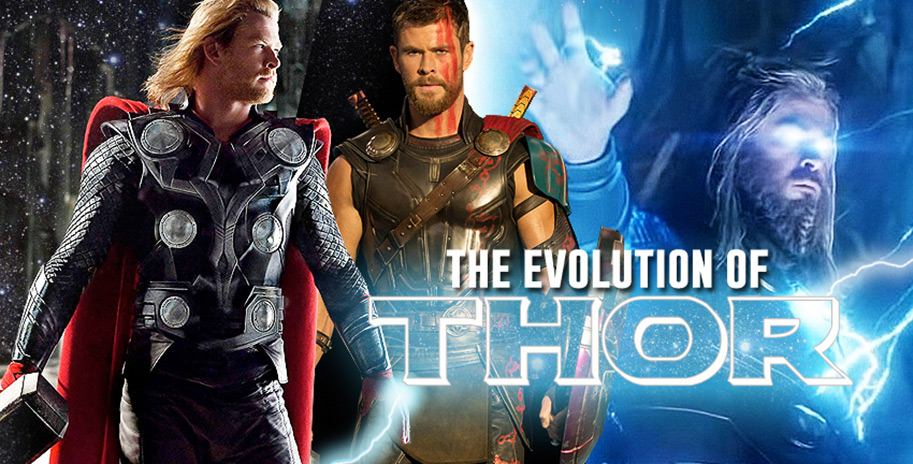
Thor, the God of Thunder, Prince of Asgard and Pointer of Break. With his cascading blonde hair, flowing red cape, chiseled features as if crafted by a Renaissance sculptor and powers capable of summoning lightning and thunder for his own personal use, he’s the epitome of a true god among mortals. For the Marvel Cinematic Universe, one of the biggest challenges was figuring out how do you take a character will all those perks and powers – brought to life perfectly by Chris Hemsworth – and make him relatable, especially compared to earthlings like Tony Stark and Steve Rogers. How do you take the god who could bring the world to its knees with both his eyes and his hammer, who can take punches from Hulk, Ultron and Thanos and come out mostly clean, and make him feel like a human?
For years this is something the MCU struggled with, only making small strides in the beginning and losing touch along the way. However, through a soft start, a struggle to figure out his place among his fellow Avengers, and finally through a remarkable reinvention culminating in AVENGERS: ENDGAME, Thor has undergone an incredible evolution over the last eight years that makes him worthy of being called the Strongest Avenger.
In this piece, we will trace the growth of Thor across all his appearances in the MCU, starting from his beginnings as a humble god and Prince of Asgard, to the stage where the depth he was explored only goes muscle deep, and all the way to the absurdly brilliant reinvention that made him the most tragic, hilarious and compelling Avenger.
—————-
The Early Years (Thor, The Avengers, Thor: The Dark World, Avengers: Age of Ultron):
At the time Thor was introduced to audiences only a few notable heroes made up the Marvel Cinematic Universe (MCU): Tony Stark/Iron Man, Black Widow/Natasha Romanoff, Nick Fury and Bruce Banner/Hulk. Though unknown to mainstream viewers at first, Iron Man was brilliantly brought to life by Robert Downey Jr. and turned into a cultural icon, kicking off the whole MCU. With the first THOR, a whole new character and a whole new world needed introducing, and so a simple, relatively undemanding approach to him was necessary.
Venture back to 2011, when Thor came swaggering down the halls of Asgard, showing off Mjolnir and his pearly-whites to the cheering crowd, his winged helmet covering his mop of bright blonde hair. This was our first time off the planet Earth in the MCU, and our central figure was devilishly handsome, unbelievably cocky and a 1,500-year-old prince about to get his crown and be made King of Asgard, like his father Odin before him. However, he doesn't quite get the crown he feels he deserves.
For most of this first outing he’s in the stage I like to call Humble Thor, as he’s powerless after being banished from Asgard for bashing through the Frost Giant army, thus losing his right to the throne. On Earth, he’s mostly wearing some variation of the shirt-jeans combo and lumbers about not knowing how humanity works until he can prove himself worthy again. This fish-out-of-water approach did a solid job of establishing the basics of Thor, highlighting some of his charms and quirks, proving he can be funny by showing him smashing a cup on the ground and demanding more drink and by walking into a pet store and asking for a horse or dog big enough to ride.
Nothing in it hints at the same kind of character study as in the first IRON MAN, but come the end Thor is humbled and acknowledges he may not be ready to rule, which is the first massive change in his arc. Here was a man who wanted to do nothing but fight, drink, eat, screw (we can only assume), rule with a mighty hammer and do it all over again. But now he has something and someone (Jane Foster) worth fighting for, which appropriately sets things up for when he would join THE AVENGERS.
When he finally does get to share the screen with Iron Man, Hulk and Captain America/Steve Rogers, he’s the big, brawny, and headstrong factor in the group – the one who can summon other-worldly powers and light some bastards up. He’s not as refined as the other three major players in terms of development, and it feels like he’s mostly being used for his muscles and flowing hair more than anything, but this movie does advance him in a way that would affect his character across his other solo outings: accepting that his brother Loki has become a true villain. This means having to accept the fact his brother has joined the Dark Side and must fight him or lock him away for good.
This leads us into THE DARK WORLD, a movie that’s not that good, but in recent years has inspired articles defending why it’s not that bad either. No matter, come his second solo outing he’s taken on the mantle of a hero rather than a soldier of glory or soon-to-be king, having spent some time trying to re-establish order in the Nine Realms after it all goes to Hel.
The problem with the second outing is that, while Tony and Steve have everything they know destroyed around them in IRON MAN 3 and WINTER SOLDIER, but still overcome and become new people on the other side, you could leave TDW thinking Thor never went through any progressive, life-altering changes. His adventures take him to some exciting places and the humor that we would see expand wildly in THOR: RAGNAROK is brought out more, but as a character, he seems to stay put developmentally. He loses things, like his brother Loki (at least he thought so) and his mother Frigga, proving that all his might can't always save everyone he loves. Now, this would make for interesting fodder to tap into, but the fact of the matter is we don’t see that pain come to light until the events of ENDGAME – but more on that later
As I said, while the motivations of Tony and Steve change drastically come AGE OF ULTRON, Thor once again doesn’t have much to do besides be strong, a tad charming and bash in a few robots. He brings forth a ton of exposition in regard to the Infinity Stones, but that’s more connective tissue to the greater MCU than genuine character growth. Come the end, that hunt for the Infinity Stones is what’s propelling Thor forward in his story, and very little else, which means that he’s still just the connection to the outside Realms than a fully-formed character. Sadly, by this time Thor’s own growth seemed a bit stilted, and luckily Hemsworth and Marvel thought it was time to change that…
The Reinvention (THOR: RAGNAROK, AVENGERS: INFINITY WAR):
Thor didn’t just need a few more flaws or a stronger arc – he needed a full head-to-toe makeover. That meant taking away his mighty hammer Mjolnir, shaving off his long locks, throwing him into a situation where his strength stands for very little, and, most notably of all, changing up the bland tone of previous movies into a weird, hilarious, cosmic space adventure where Hemsworth’s comedy chops and sweetness were utilized as much as his heroic standing.
But RAGNAROK should not just be praised for its colorful, fluorescent production design and abundance of absurd humor; It gets serious points for pushing the character forward in bold ways. Everything he valued in his life was taken from him and replaced with something new, and for once Thor was a compelling character you could root for beyond blatant heroism.
Layers to Thor (and by extension, Hemsworth himself) were starting to be unraveled in ways we as an audience hadn’t seen before. Yes, he could be mighty and bring the hammer down in the past, but here we see more vulnerability when he’s left powerless (at least so he thinks) as a captive of Grandmaster, and later as he struggles trying to defeat Hela, on his knees and missing his eye as he seeks guidance from his father. He’s also more honest and open, like when he tells Loki how he once “thought the world of him,” but has accepted they're going down two different paths. Finally, Marvel has found a way to take a seemingly invincible god and make him relatable, finding the chink in his perfectly-formed pecs, and did so with a story that acts as the perfect metaphor for where this character was and where he needed to go: it doesn’t matter whether you have a mighty hammer or perfect looks, it’s what inside you that makes a hero. With that lesson learned, he at last gets to the place he needs to be to finally lead the people of Asgard, and this time on the most important journey of their lives.
Sadly, his reign wouldn't last long, as Thanos showed up soon after and did what he did best. Now ready to be a king, Thor still fails to both lead and protect his people as he believed he was meant to. What changed for Thor as a character, going into INFINITY WAR, is how he emotes and responds to events around him. While the previous Thor would’ve kept a stiff upper lip and muscled his way through the next challenge, he’s clearly left emotionally broken by losing half of his people, his brother and his best friend to Thanos’ wrath – and it’s a pain that’s brought out throughout the movie and in Hemsworth’s performance.
When he’s rescued by the Guardians, he’s still charming, laid back and game for a back-and-forth with Quill, but the most affecting moment with his character comes with him and Rocket. The two are sitting in the pod heading to Nidavellir, and Rocket tries getting Thor to open up about what’s on his mind. Thor tries to put on the tough face we’ve seen from him countless times before, but it’s broken down from having lost too much. As he says, if it doesn’t go well, “what more do I have to lose?”
What we now have is a Thor who is not only funny, weird and still a badass, but one who is both emotionally crippled and compromised. That last part is summed up no better than when instead of going in for the kill against Thanos he tries to handle it slowly, letting the wound from Stormbreaker linger as the Mad Titan knows he was just bested by the God of Thunder. That was the biggest on-screen mistake sense Oberyn kept lingering around the Mountain on GAME OF THRONES (Okay, maybe since Quill acted a fool minutes before), and everyone in the universe paid the price for it.
The Present (AVENGERS: ENDGAME, Asgardian of the Galaxy):
Going into ENDGAME, Thor is a silent wreck, knowing full well what his actions wrought. It’s regret and immense rage flowing through him, the latter of which brought out when he can no longer stand what the weakened Thanos is saying, and he chops his head off as he should have before. But even doing that took an immense toll, and the futility of his rage and anger sent him down a massive spiral towards, well…
Perhaps the biggest takeaway for many seeing ENDGAME, other than the emotional wallop of an ending, was seeing what has now been dubbed by the internet as Fat Thor, a bloated, bushy-bearded drunk coping with his PTSD the only way he can: eating, drinking, yelling at kids on Fortnite and taking nothing seriously. Through all the adventures he’s been in, his strength and best efforts meant nothing in the end. He lost virtually everyone no matter what, and proves an ineffective king in New Asgard, so what’s the point of carrying on?
On the surface, it’s easy to laugh at what he’s become, especially when Tony aptly calls him “Lebowski” and as he sloths around in pajama bottoms and a hoodie. But underneath is a tortured soul, wracked by guilt and utter lack of purpose. When he and Rocket head to 2013 Asgard to retrieve the Ether from Jane, the heartbreaking nature of his mental state comes to light when he comes face-to-face with his mom, the first person he truly lost.

In one the character’s best moments, he’s at his most vulnerable, opening up about his failures to Frigga. His mom, far wiser than we got to see her be in the first two THOR movies, lets him know that his failures only make him like everyone else and that he shouldn’t compare those failures to who he is supposed to be, which was King of Asgard and God of Thunder. He needs to accept who he really is if he’s to come back from whatever he’s become. Then, a small moment of triumph, when his old pal Mjolnir is summoned back to his hand, proving he’s still worthy.
His triumph, in the end, comes from him donning his armor (belly still very much there), taking his two weapons in hand and fighting back against Thanos like the bearded brawler he is. After the battle has been won, Thor comes to the conclusion that perhaps he’s not meant to have the throne and rule the people of New Asgard. The mantle of being king is something he’s been coming to terms with since the first time we saw him, strutting towards the throne and ready to accept his crown – only then about 100 pounds lighter. That may have been who he was supposed to be, but after countless trials, losses, failures, one major haircut and adding a few extra pounds, that’s not who he really is.
——————————-
Going back to the beginning you wouldn’t be slighted for thinking Thor was the least-interesting Avenger. For all of his smashing and good looks, he failed to have the three-dimensionality of his superhero companions. But over the years he’s not only done a complete 180, but stands as proof that a character’s depth is always there, but sometimes you need to take a bold step down a different path to find it. As we’ve made our way to the end of this Saga Thor has launched forward to the level of the franchise’s most beloved characters and has been given a fully fleshed-out and compelling arc. Going back through his journey, his development has gone through more changes and epic trials than any other character’s. He’s grown from a cocky god trying to truly come to terms with the responsibly of his powers and title and into a man who must accept those powers won’t always be the answer to everything, and that he must come to terms with the nature of failure and acceptance.
Starting off a ripped, handsome god he’s now an emotionally scarred, weathered hero who has seen and done more than anyone around him can know but has come out stronger than ever before. Perhaps more than any Avenger Thor’s arc stands as the perfect superhero tale, and proof that pain, suffering, and strength can come in many forms. That’s a long way from smashing coffee cups on the floor.





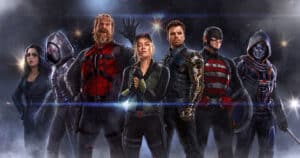
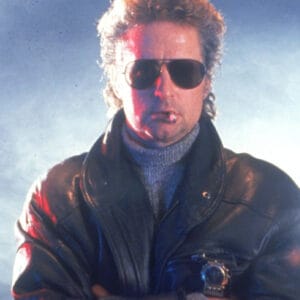


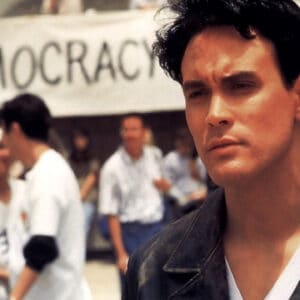








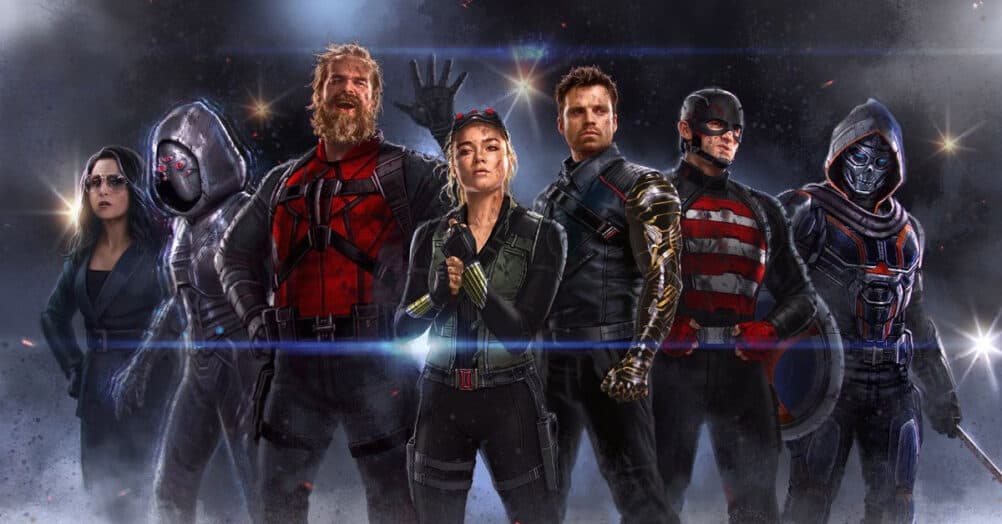
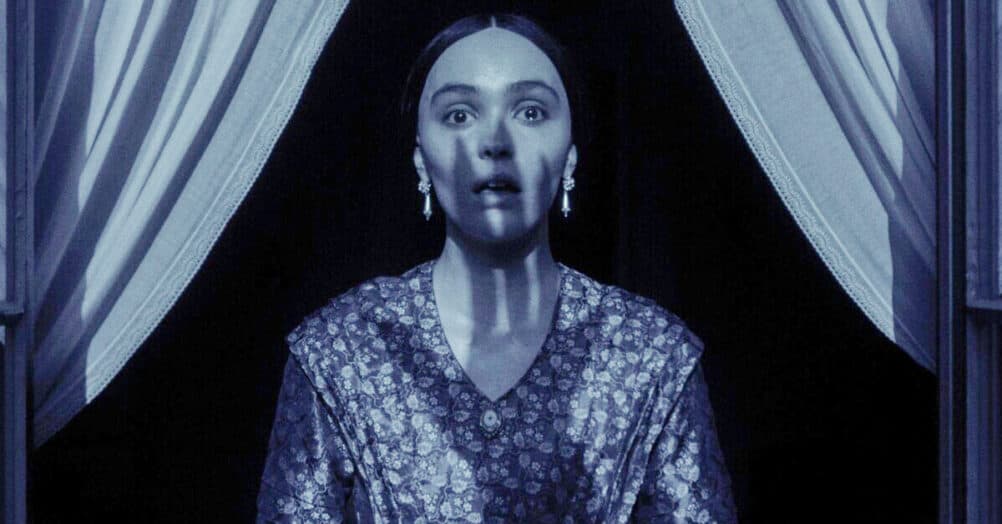
Follow the JOBLO MOVIE NETWORK
Follow us on YOUTUBE
Follow ARROW IN THE HEAD
Follow AITH on YOUTUBE